Report this entry
More from the same community-collection
Joe Gomez Most Valuable Player 1960 Little League
Photo receiving Most Valuable Player trophy 1960 Fort Bliss ...
Lauren Gomez Barlow water polo/Joe Gomez's granddaughter
Joe Gomez's granddaughter, Lauren Barlow, water polo at Hanford ...
Pedro Gomez and Ernestina Gomez
Joe Gomez's aunt, Ernestina Gomez with Joe's father, Pedro Gomez ...
Members of the HOST FAMILY PROGRAM FT. BLISS
(L-R) DR. RICHARD TIMMER, MRS. KLAUSE (HERTA) KURTH, MRS. R. ...
TRINTY SITE -WHITE SANDS, NEW MEXICO
TRINTY SITE- THIS IS THE SITE WHERE THE 1ST ATOM BOMB WAS TESTED ...
TRINTY SITE, WHITE SANDS, NEW MEXICO
ONCE A YEAR, TRINTY SITE IS OPEN TO THE PUBLIC. IT IS ON US GOV. ...
TRINTY SITE,WHITE SANDS NAT. MONUMENT
THIS IS A US MILITARY SITE, GUARDED & RESTRICTED. IT IS OPEN TO ...
Library Honors Sgt. Apuan at Pebble Beach
El Paso Public Library Information Senior Specialist Chuck Apuan ...













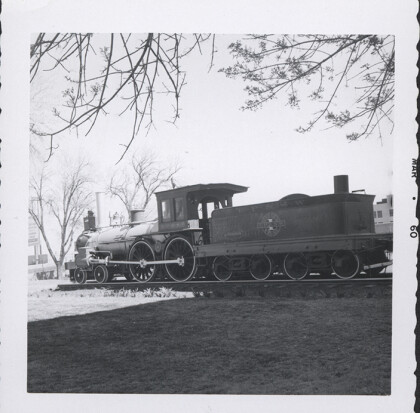
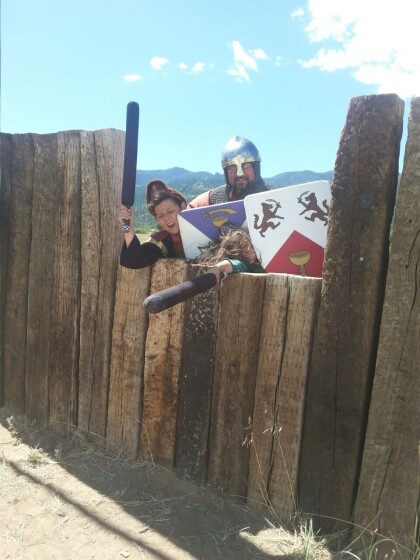
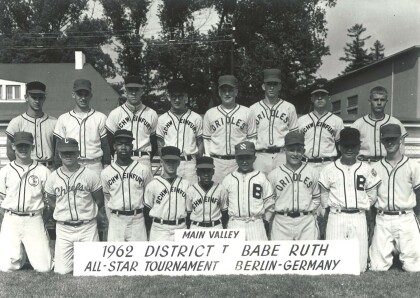






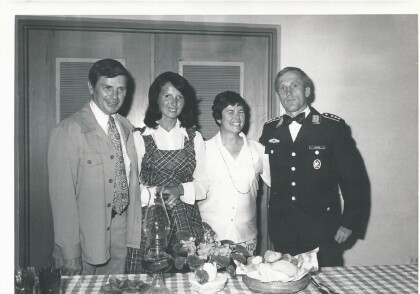

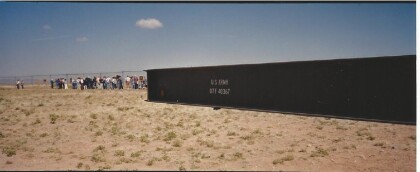





Comments
Add a comment